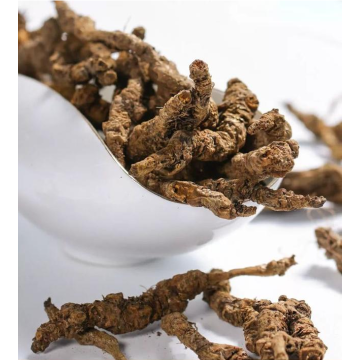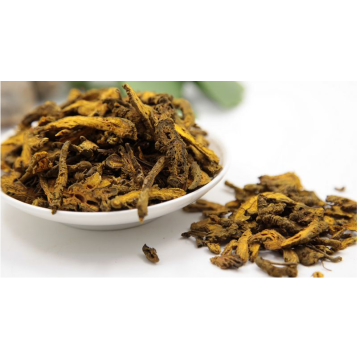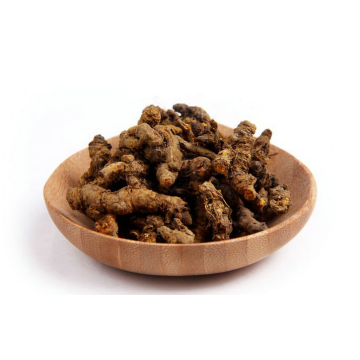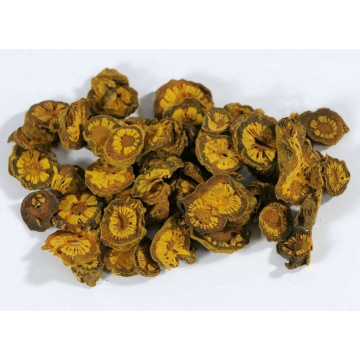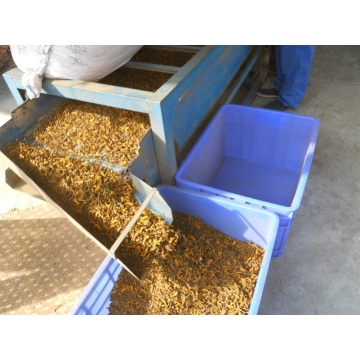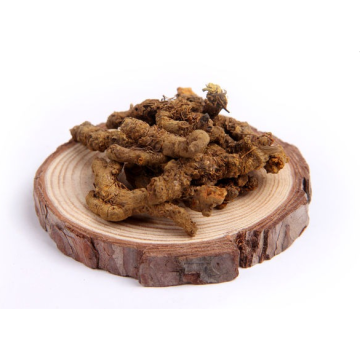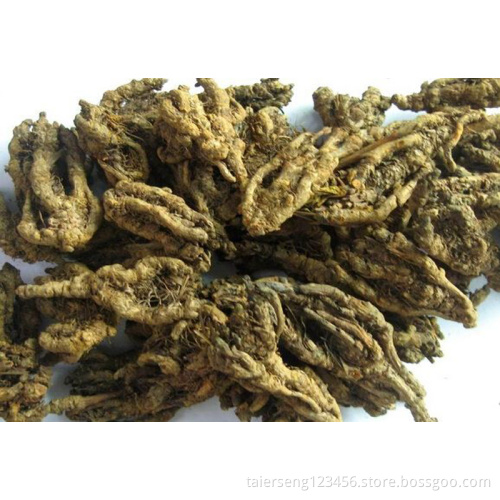
coptis japonica root extract skin
- Payment Type:
- L/C, T/T, D/P
- Incoterm:
- FOB, CFR, CIF, FCA, CPT
- Transportation:
- Ocean, Land, Air
Your message must be between 20 to 2000 characters
Contact Now| Payment Type: | L/C,T/T,D/P |
|---|---|
| Incoterm: | FOB,CFR,CIF,FCA,CPT |
| Transportation: | Ocean,Land,Air |
Coptis chinensis is a dry rhizome (Ajino) of the genus Coptis chinensis Franch. of the genus Coptis, which is cultivated using shelter, planted in the summer, planted in the fall (two-year seedling period), transplanted in the spring, and excavated in autumn after five years. Shaking off the sediment, cutting off the fibrous roots, stems and leaves, earthworms and firewood drying, bamboo cage hair removal, hit the residue of the root and sediment, remove impurities is the finished product.
The products gather together in clusters, often curved and shaped like chicken claws, so they are commonly called [chicken claws", and the medicinal product is [Weilian". The surface is grayish yellow or tan, rough, irregularly raised, fibrous roots, and fibrous root residues. Some internode surfaces are smooth as stems. The upper part of the brown scales more residual, the top of the remnants of the stem or petiole. Hard, irregular cross-section, orange-red or dark brown leather, wood is bright yellow or orange, arranged radially, hollow part of the pith. Gas micro, extremely bitter taste.
The main product contains berberine (berberine) and other alkaloids such as berberine, methylanthronine, palmitine, acrolein, palmitine, and bamatin, which contain flavonoids and cork ester. Cold and bitter. Into the heart, liver, gallbladder, spleen, stomach, large intestine six classics.
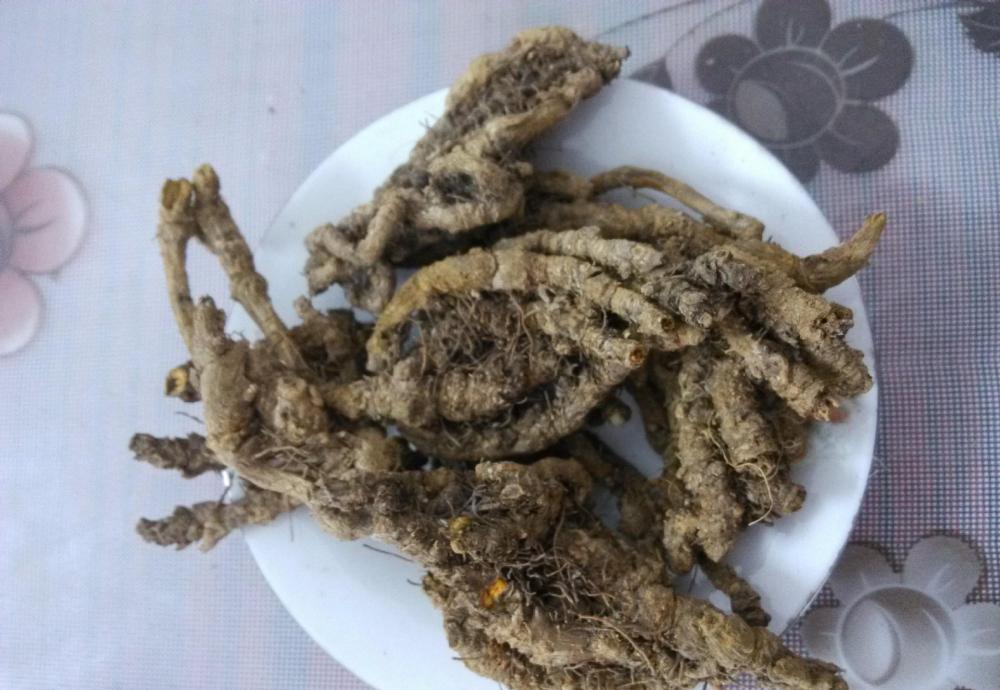
Related Keywords


